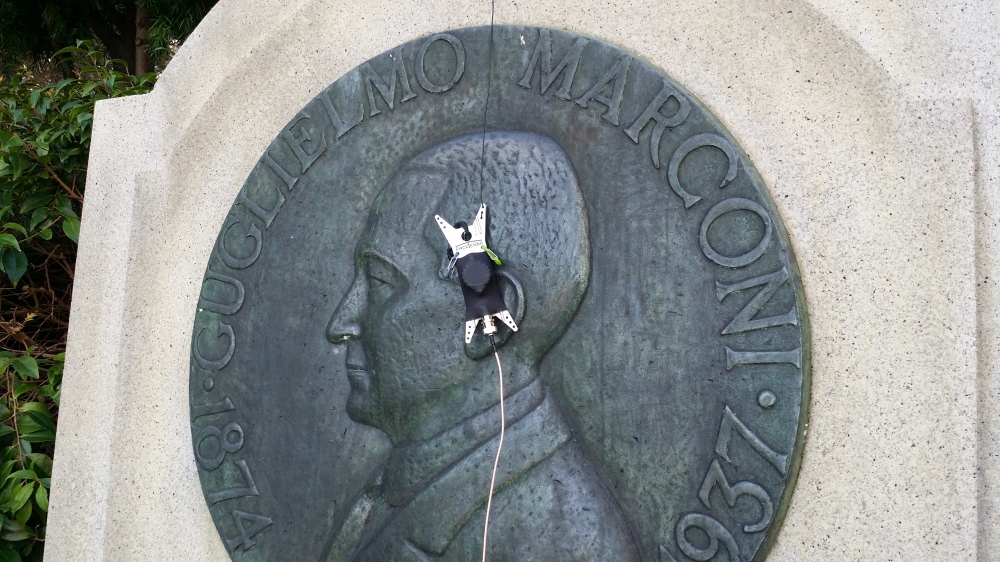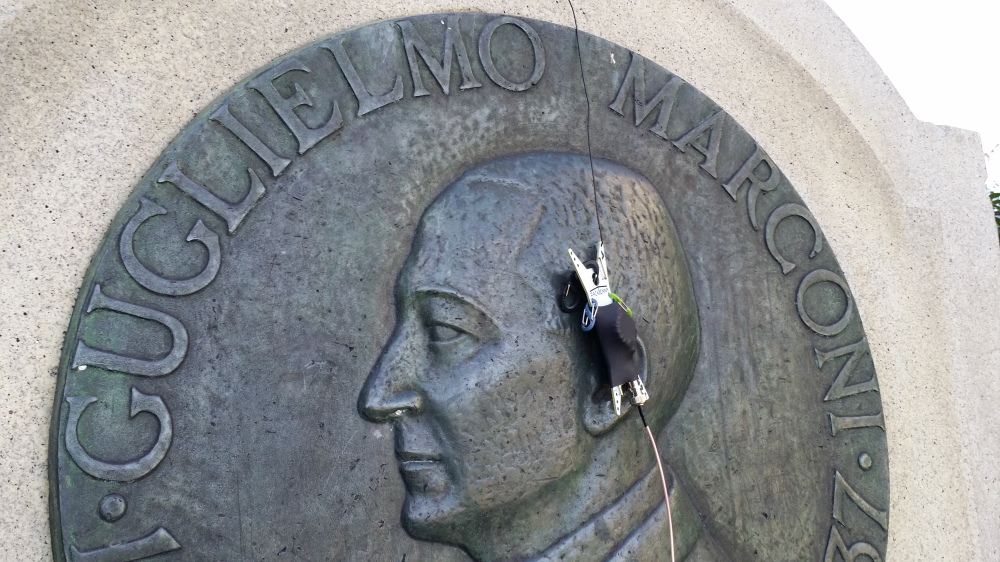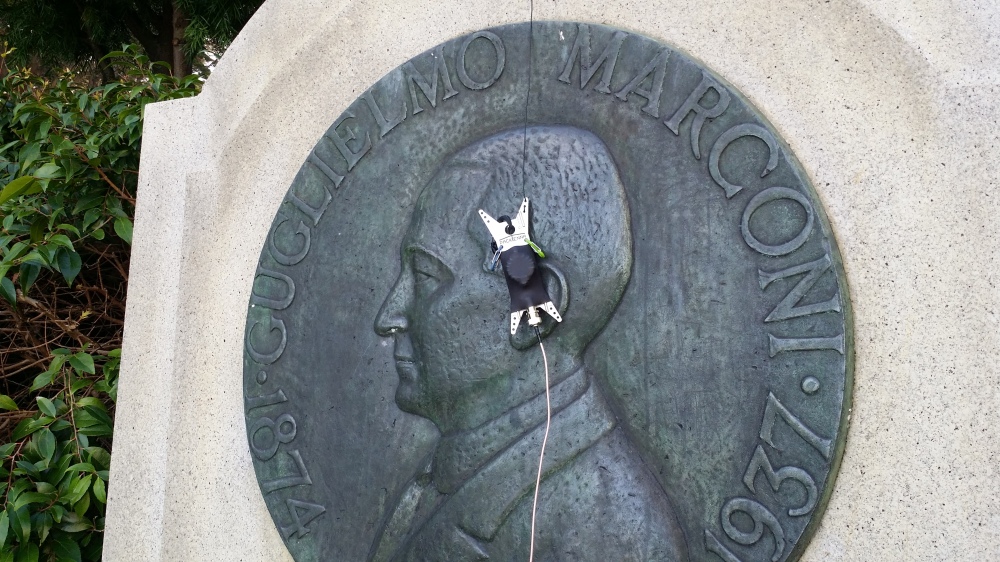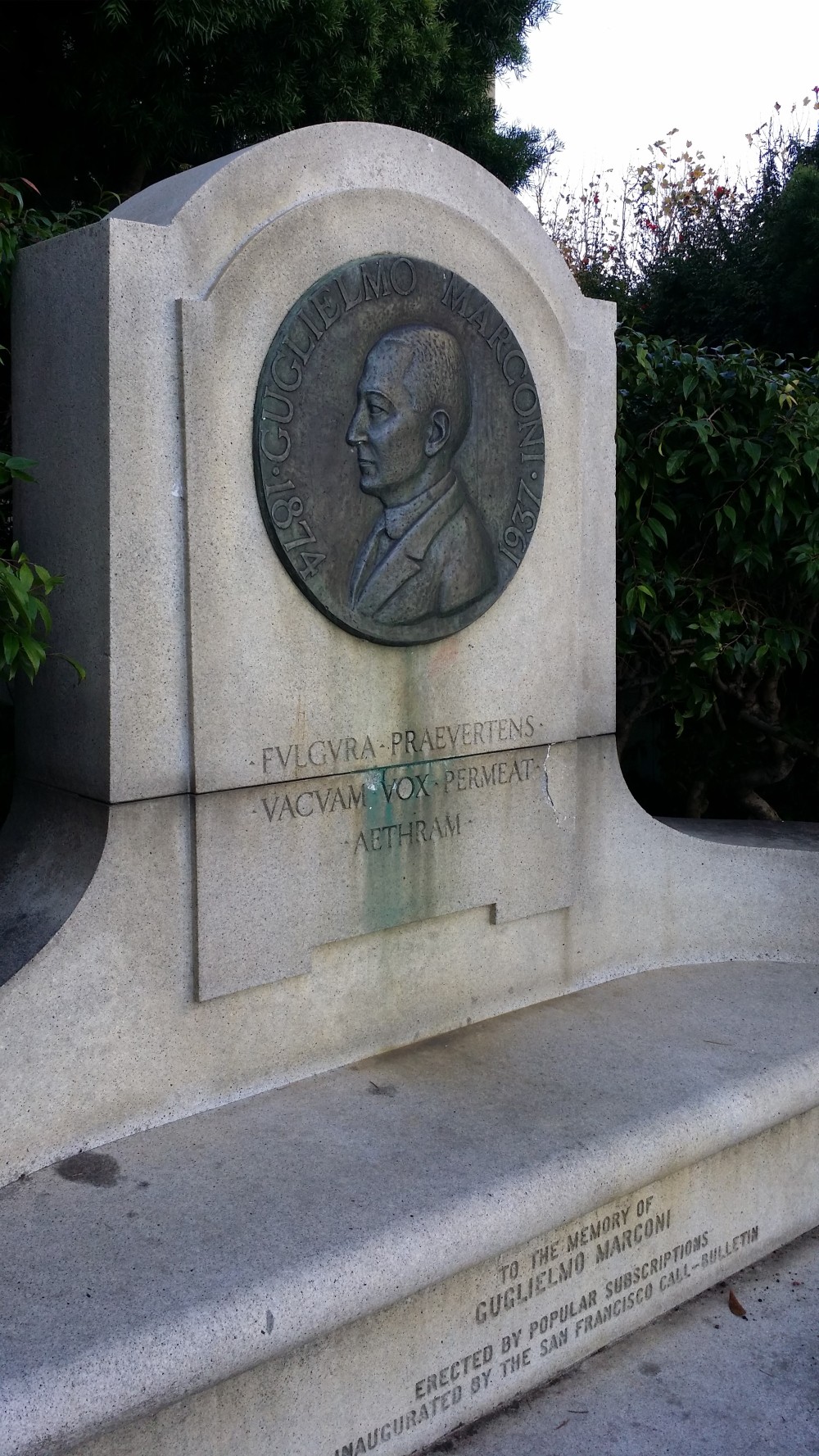Update: The Tytera MD-380 is the most popular DMR radio due to its $100 price
D-Star continues its leadership in digital voice due to its robust and stable technology and huge worldwide user base
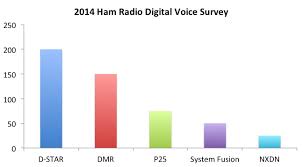
Whistler’s TRX-1 and 2 offer DMR and NXDN decoding in a scanner
Uniden offers DMR decdoing in its flagship scanners
Fusion is gaining popularity as hams enjoy the best audio mode on digital for rag chews and local QSO’s
Buzz Buzz Bzzzzrrrp The Short Guide to Digital Radio
The world of scanning is changing as we move from an analog world to a digital one. Each digital mode has different characteristics in how the analog voice is converted to and decoded from digital. Linking methods vary across each mode and inter-operability is lacking between them. Many local amateur radio club nets that offered interesting listening is now moving to the digital modes. However, many ARES/RACES groups continue to offer analog and digital mode nets to test out the communication readiness. Every scanner hobbyist needs to be prepared to listen in on all modes.
Many of these modes require appropriate radios to monitor them with some SDR methods as well. Please note that appropriate radio licenses are required to transmit legally on amateur radio, business and public band frequencies. In many cases, users will disable transmit allowing the commercial radio to be used primarily as a receiver. Many scanner listeners are also ham radio operators so experimenting in a new digital mode can be an interesting experience. I am not going to go into any technical details as those can be easily gathered on a web search. Let’s explore how a savvy radio listener can hear these new digital modes and better understand them.
D-Star
JARL developed the protocol back in 2004 and has a well established global amateur radio repeater network already in place.
D-Star allows 2 linking methods. The Call Sign routing allows you to communicate with another ham user where you connect to the local repeater and through an internet gateway connect with a defined ham user by their call sign.
The other method is via linking into “reflectors” where users can meet and communicate among each other. Examples of popular reflectors is the REF001C Mega repeater, REF005A for the United Kingdom and Listen to HamNation on Wednesdays nights on REF014C.
Icom is the only manufacture of this equipment. They offer 5 handhelds and mobiles to choose from. The ICR-2500 Scanning receiver does offer an optional Digital Voice card for reception of this mode. The other method is to purchase an Icom radio with D-Star for reception. There are also many boards like the DVDongle that can receive signals on your computer. You do need to be licensed amateur radio operator in order to transmit.
APCO P25
Project 25 has been THE North American standard for LMR Public safety agencies for years. It is part of a trunked radio system and has two modes of operation. Phase 1 uses a FDMA standard and the newer Phase 2 offers a 2 slot TDMA standard. This is where a lot of change has occurred as the older systems have migrated to Phase 2. Because of this standard change, older scanners are not equipped to receive the new system due to the modulation method. The newer scanners such as the
Uniden BCD436HP, BCD536HP, HomePatrol-2, BCD325P2, BCD996P2 and
Whistler WS1080, WS1095 and PSR-800 (GRE Brand) have the codecs that decode the proper signals.
Along with the migration to Phase 2 many public service agencies have moved to encryption making reception impossible.
There is some amateur radio activity so check the ARRL Repeater on-line app for what’s available in your community.
The Toronto GTA has access to a couple of Ham Radio VHF and UHF P25 repeaters.
The Toronto Public Safety service and York Region has moved to the new Phased 2 system with encryption.
DMR
Digital Mobile Radio is the fastest growing segment of the digital mode hobby. It is based on Motorola MOTOTRBO technology. It also offers the largest selection of radios to choose from. Linking is done via talk groups and they are managed at the local repeater level. The protocol allows 2 time slots to be available in a single channel. The talk group concept is an interesting one as you program your local DMR repeater as a Zone then add your 16 talk groups. A popular talk group is called North America (Talk Group 3). There are also various technical nets where a lot of information is shared and can make for some interesting listening.
Popular radios are the Motorola 6550 and 7550, Yaesu Vertex EVX-539, Hytera PD-782 and various new Chinese entrants. The most popular is the SC700/750 from Connect Systems.
Toronto has the VA3XPR repeater that is also linked to the VE3OBI, VE3XPR, and the VE3UHM repeater provided extended geographical coverage for the golden horseshoe in the local talk group. This mode has become the fastest growing digital segment in LMR and Ham radio.
Check listing for LMR service providers using this mode for their regional networking services.
dPMR
This is a popular digital mobile radio technology in Europe with many dPMR446 users on the license free radio band. This is very popular in the UK. Several Chinese manufacturers and Motorola make radios. Analogue PMR446 covers band 446.0–446.1 MHz and digital dPMR/DMR cover 446.1–446.2 MHz which is in the North American ham band plan. These radios are illegal for North American use. However, do not be surprised to find activity here as many may have purchased these radios overseas on cruise ships.
Yaesu Fusion
This is also known as C4FM and is another relatively new digital mode from a Japanese manufacturer. It’s gaining a lot of popularity as repeater clubs migrate their older equipment to the newest for a promotional cost of $500. You do need to be a licensed ham radio operator as your call sign needs to be entered into the radio. It also supports the ability to send data and Yaesu has added microphones with a built in camera allowing photographs to be sent across the network. What’s interesting about this mode is that it also supports analog FM transmissions and like DStar supports GPS functionality. Yaesu now offers 2 handhelds and 2 mobiles to choose from. Yaesu using their WIRES modems to allow connectivity between repeaters. It has not had a lot of success in North America but that may soon change. Currently, the Fusion mode is for local communications. It is understood that Yaesu is looking to increase the level of connected repeaters in the coming years.
Toronto currently has two repeaters using Fusion and its VE3TWR and VE3SKY. There should be 8 more club repeaters coming on-line this summer. Watch activity increase thereafter.
Kenwood NXDN
This is another variation of a commercial digital mode called NEXEDGE. The activity is sparse as there are few amateur radio repeaters but it is growing in the larger cities. The equipment is purchased through a local Kenwood LMR dealer.
Icom also supports this standard with their iDAS brand.
There are two repeaters in Canada VE7NYE and VE3SKV.
Check Radio Reference for NXDN networks with LMR users on it.
TETRA
Terrestrial Trunked Radio is a European trunked radio standard that has been the backbone of European Public Safety. It uses a 4 slot TDMA method as its protocol. It is starting to make headway into North America. The Toronto Transit Commission has chosen TETRA technology for its analog system replacement that will be implemented over the next few years and it’s the system that will be used by the Toronto PanGames 2015.
It offers a great talk around method, better spectrum management and improved operations with a direct mode operation (DMO).
DMO allows communications without repeaters and you can also use a Trunked Mode Operation (TMO) for use of TETRA repeaters to communicate. This is done seamlessly.
There is discussion among amateur radio users about using TETRA for another digital mode to use as equipment becomes more available.
This mode was very popular in use for the Toronto Panam 2015 Games.
Alinco Digital
Not to be left out, Alinco does offer a digital board for selected transceivers but its review have not been favourable and its use has not been widespread. If anyone has any experience please email e and I can include some information in the next column.
It does have its own proprietary standards and info is hard to come by.
How to Receive these Digital Modes?
There are several ways to receive these modes:
- Amateur radio transceivers. The Icom D-Star, DMR, and Yaesu Fusion are the easiest methods
- Commercial radio transceivers. Motorola, Tait, Sepura, Kenwood, Vertex and Hytera come quickly to mind as these are typically purchased from ham friendly land mobile radio dealers. You do need to buy programming software and for Motorola it can be $300 for a 3 year term.
- European FRS radios for dPMR
- Icom 2500 D-Star and P25 capable receiver
- Uniden/Bearcat and Whistler/GRE new P25 Phase II scanners
- AOR Scanners with the add-on ARD300 $900
- AOR Stand-alone DV1 scanning receiver $1500
- DSD+ Decoding software running on a PC connected to a discriminator tap on a scanner or SDR Dongle
- Web based receivers that are streaming local digital audio
The reviews for the new AOR boxes are showing some great promise to make listening to digital communications with a simple to use stand-alone receiver as we get through the initial adoption process and it will get better and at a lower cost if the SDR receiver manufactures build their version of a stand-alone receiver.
The challenge that I have with DSD+ is its lack of portability as many have installed the software on a netbook and use an older scanner that had the discriminator tap mod completed. It does not fit easily on your belt or as an easy mobile in your car but it is doable. The other challenge with DSD+ is that it can decode all DMR communications on a repeater across its 2 time slots but cannot differentiate among different talk groups. This can make a jumble of conversations confusing when both time slots on the repeater happen. A scanner listener only could have a DMR radio programmed with transmit disabled for the ham radio portion so they can scan and listen to specific talk groups just like a regular SmartNet talk group would work.
There is a lot of activity going on right now with digital modes and the best way to enjoy it is to jump in and start using the new technologies available to us.
SKIP ALERT
I am sure many have noticed that there has been a lot of low band skip coming in so keep that search mode on a second scanner going on in the background to catch any activity.
73s
John
from Scanner Digest #72 (Summer 2015)
CANADA Report – John Leonardelli – VE3IPS
 Fox Hunt 1-2017
Fox Hunt 1-2017





